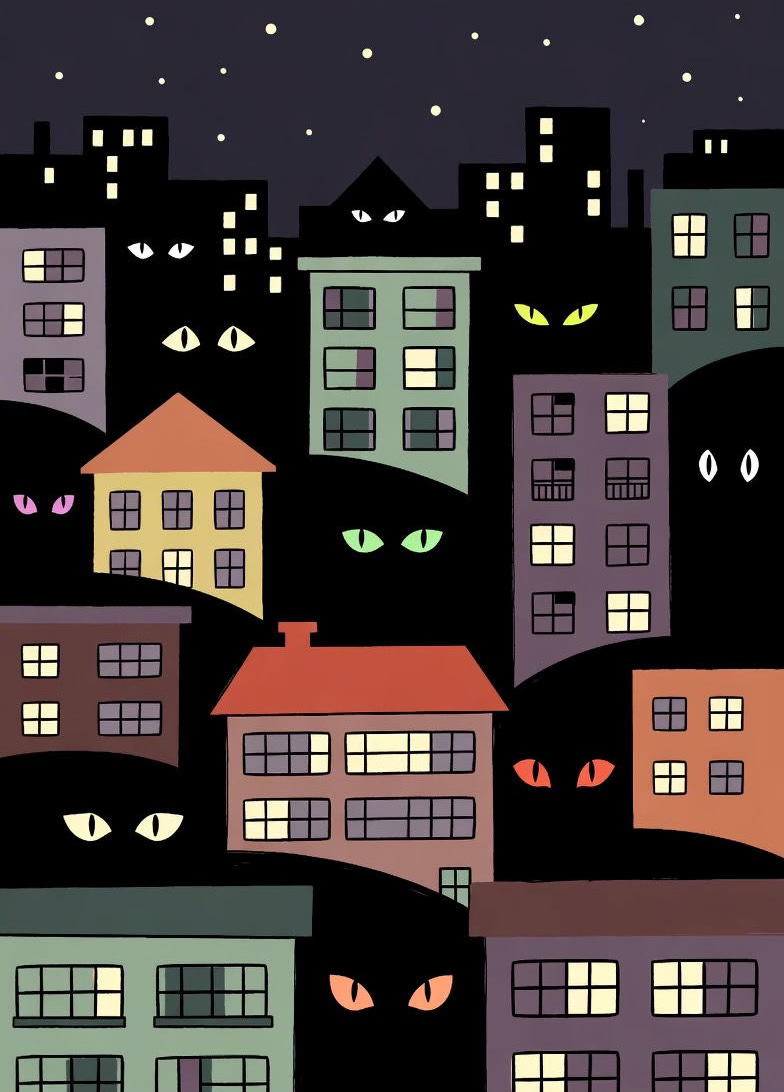The Mind of the Conspiracy Theorist
Assuming the worst can be for the worse
After Charlie Kirk was shot, the conspiracy theories began almost immediately.
He was not even buried. Witnesses were still in shock. It did not stop people from speculating.
Why this sudden reflex?
Fear, in part, explains it.
Kirk’s murder was deeply shocking. Conspiracy theories help people psychologically cope with unpredictability. They restore a sense of control.
To feel safe, human beings need to understand the world. If they do not have the correct information, they are prone to settle for incorrect information.
Conspiracy theories provide wrong answers to real questions.
Evolution also sheds light.
In prehistoric times, it was useful to assume a predator behind every rustling in the bushes. Such an assumption could save your life. In modern times, this instinct can misfire.
Society has a lot of “bushes”. If you assume there is danger behind everything you do not truly understand, it makes you restless.
The result is paranoia: you can no longer distinguish between actual and perceived danger.
It is useful to assume the worst sometimes, but not always.
Untrusting individuals are more prone to this behaviour. Since they are easily suspicious, they are more likely to assume the worst. If they lean into it, everything becomes a threat.
This is how conspiracy theorists construct a prison of their own fear.
Things get worse when they find each other.
Together, they confirm each other’s worldview. Echo chambers form. Insiders know the truth, while outsiders are sheep (or worse).
It fosters a mutual identity.
Common suspicions, through groupthink, become a rigid belief system.
What is true or not becomes socially determined by the in-group. Outsiders are no longer listened to. This seals the community epistemically.
The conspiracy theorists are morally awakened. The out-group is asleep or nefarious.
“It is us against the world.”
Contradictions are taken as confirmation.
This is why it is impossible to argue with conspiracy theorists. They believe you are serving the conspiracy against them (consciously or not). Attempts to ease their cynicism, feed the paranoia.
When entrenched deeply enough, you can no longer help them.
The social structure is closed like a cult.
This allows priests to come to the fore.
The thought leaders of conspiracy thinking partake in the paranoia, but also exploit it. They know that hitting emotional nerves gets them attention. Attention can be monetized.
That dynamic incentivizes radicalization. The more extreme the theory, the more attention it gets.
Conspiracy theorists (often) believe their paranoia is justified, but also profit by spreading it.
They exist on a spectrum. Some believe in what they sell. Some are full-on con artists.
It is a business. Attention is the currency.
All religions attract grifters.
One of their tools is narrative construction.
Selectively using facts that are true allows one to construct a narrative that is not. Especially if truths are underreported by mainstream media, they generate interest. But that does not mean the conclusions are correct.
Identifying the dots accurately allows them to connect them poorly.
Innuendo is another tactic.
Implying something is true is safer than stating it. It means there is no burden of proof. This allows for speculation without accountability.
If new evidence fits the narrative, they follow up. If it does not, they ignore it.
Viewers conclude what was planted in their heads, and believe they did so independently.
There is a predatory element to it.
These communities thrive on fear. Participants desire explanations in a universe that fails to provide them. Con artists jump into the demand to sell nonsense.
But it makes the world only seem more dangerous. This exacerbates the paranoia.
Believers feel reassured, but are also being exploited.
It is a process.
Fear and suspicion feed paranoia. Since paranoia is contagious, a community forms. That community provides validation, identity, and a mutual belief structure.
As belief intensifies, the group becomes tribal: hostile to outsiders.
This is when the system becomes self-sustaining. An identity against the system crystallizes. Any opposition falls flat, since outsiders are untrusted.
It can lead to violence. Hostility towards all outsiders justifies physical conflict.
Since it conspires against them, society must be “quelled”.
In the end, it is all in their minds.
The defensive response that animates them is natural. There is merit in wariness of the unknown. But assuming the worst at all times will drive a person insane.
It is an unsustainable lens through which to view worldly affairs.
Conspiracy theorists, tragically, live in this state.
They do not just fall victim to it themselves, but cultivate it in their communities. This produces a self-sustaining ecosystem of fear. Believers are exploited; dissent is not allowed.
It is a trap.
Conspiracy theories spring from cynicism.
Its participants are victims, perpetrators, or both; brainwashed and brainwashers. The dynamic is vicious. It ensnares people into something inescapable.
Conspiracy theorists question everything, except their own paranoia. Sadly, that would be the road back to sanity.
One can only shine a light and pray they might return to it.



